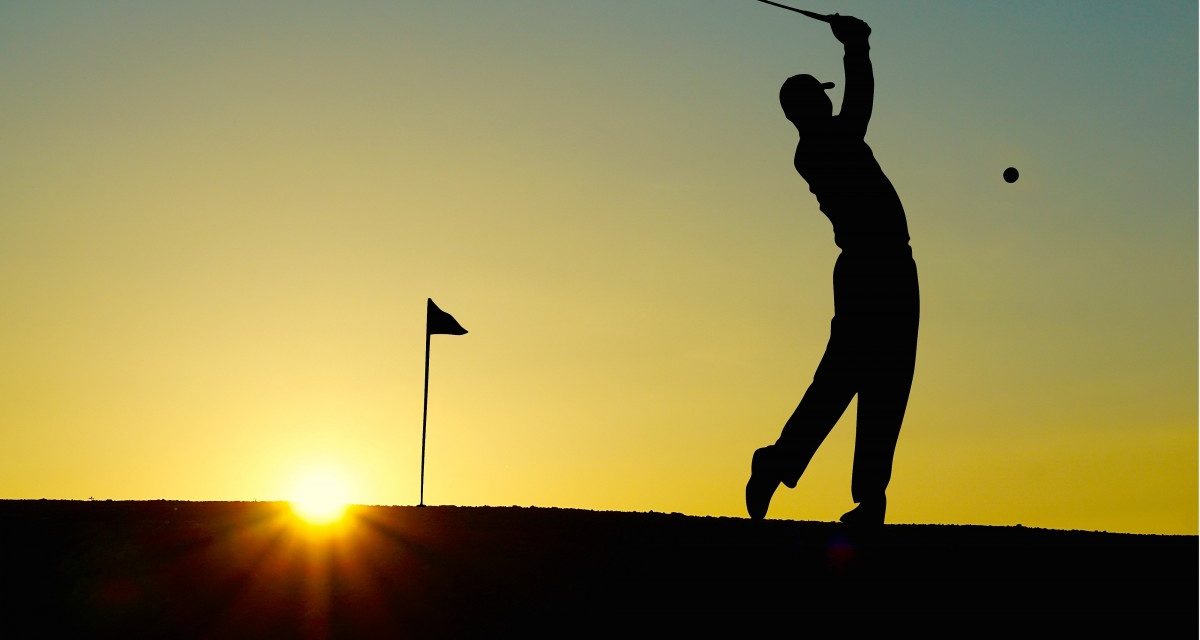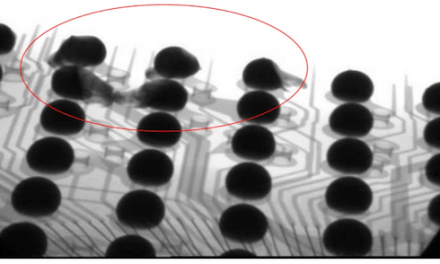Where Golf and Science Converge

For people who haven’t played, the premise behind golf is simple: You stand there and use a metal club to hit a round ball (that isn’t moving) in the direction of a hole located a few hundred meters away (that also isn’t moving). What’s so difficult about that?
Well, if you look a little bit closer and dive into the science behind hitting a golf ball (e.g., Newton’s second law of motion, the Magnus effect), things start to look more complex. In fact, from a dynamics perspective, the level of precision required to hit a ball perfectly straight is nothing short of mind boggling. This is evidenced by the fact that no one, not even the best professionals in the world, will intentionally try to hit a ball straight unless they are absolutely required to. It is just too difficult.
In recent years, several different technologies have emerged that have helped players understand (on a granular level) the physical laws that govern the flight of a golf ball and how a player must manipulate a swing motion in order to achieve a desirable outcome in a given shot. These technologies are dramatically changing the way golf is both taught and played by providing scientific insight into the game that many players and enthusiasts from decades past would have never thought possible.
Launch Monitors
No single piece of equipment has had more of an impact on golf instruction than the launch monitor. Originally developed for military applications, launch monitors are highly advanced and often expensive pieces of equipment that are able to view a player’s swing and produce feedback. It does so by outputting real-time data through a human machine interface (HMI) that captures and analyzes variables including club head velocity, ball velocity, angle of attack (AOA), club face angle at impact, launch angle, swing path, spin rate, and the spin axis of the ball.
While all of these things sound technical and on the surface might not seem impressive, consider this amazing fact. At the precise moment when a swinging golf club collides with a ball on the ground, it only takes approximately half of a millisecond (or 0.5ms) in time. In realizing this, it becomes quite clear just how advanced launch monitor technology must be to output as much data as it does in that split second.
Although different types of launch monitors exist on the market, the most advanced models employ a combination of high-speed, high-definition cameras and Doppler radar-based technologies, which have applications in everything from meteorology to missile tracking to healthcare.
Force Plates
Force sensors (i.e., load cells) are a technology that has numerous applications within industrial fields, such as robotics and construction. Additionally, these sensors have also started to make a mark in golf, where they have been primarily used to aid during instruction. In most instances, an instructor will have a player stand on a force plate and swing. The force sensors will then sense the pressure from their feet and convert it into a measurable electrical output, which then displays on a screen, iPad, or smartphone.
Various types of force sensors exist on the market today. Most, however, are strain gauge-based sensors, which consist of very fine metal wires overlaid in a zig-zag pattern. The pattern magnifies the effect of material changes in the wire in proportion to the extent of the external load, providing instructors with a clear view of exactly how a player’s mass (body weight) shifts throughout the duration of their swing.
Wearable Motion Trackers
In recent years, wearable motion trackers have increasingly been used to study the science behind the kinematics of the human body. In golf, these trackers are attached to a player at different points on his or her body so that an instructor can track and visualize the player’s body motion as it moves through space during a swing (i.e., 3D swing path analysis). This is something that is virtually impossible to achieve using a traditional camera, which is only useful for 2D visual analysis.
Generally speaking, two types of motion tracking systems exist on the market today:
- Optical-based systems use data from image sensors to triangulate a 3D position of a subject who is standing between multiple cameras in overlapping projections.
- Inertial-based systems, on the other hand, do not require a camera because they utilize inertial measurement units (IMUs) to detect positions and movements. These systems are generally more complex and consist of technologies such as accelerometers, gyroscopes, and even magnetometers.
A Game of Misses
Requiring unrivaled precision and synchronization of many different bodily motions, golf is not about how good your good shots are but rather how bad your bad shots are. Golf is a game of managing misses, where perfection is simply not attainable. In recent years, technology has helped to shed light on just how true this statement is while at the same time providing data and insight into what makes the game so difficult—which has proven to be immensely frustrating at times.












